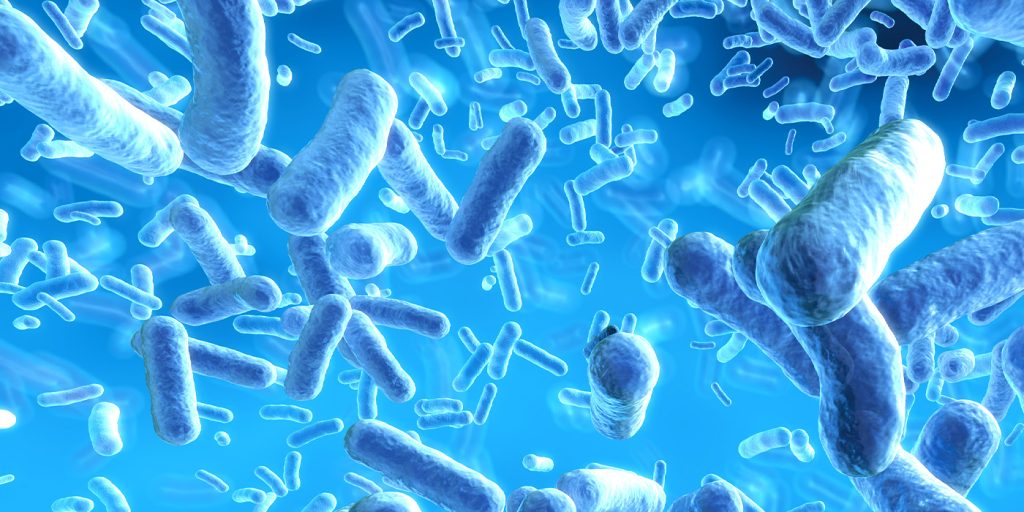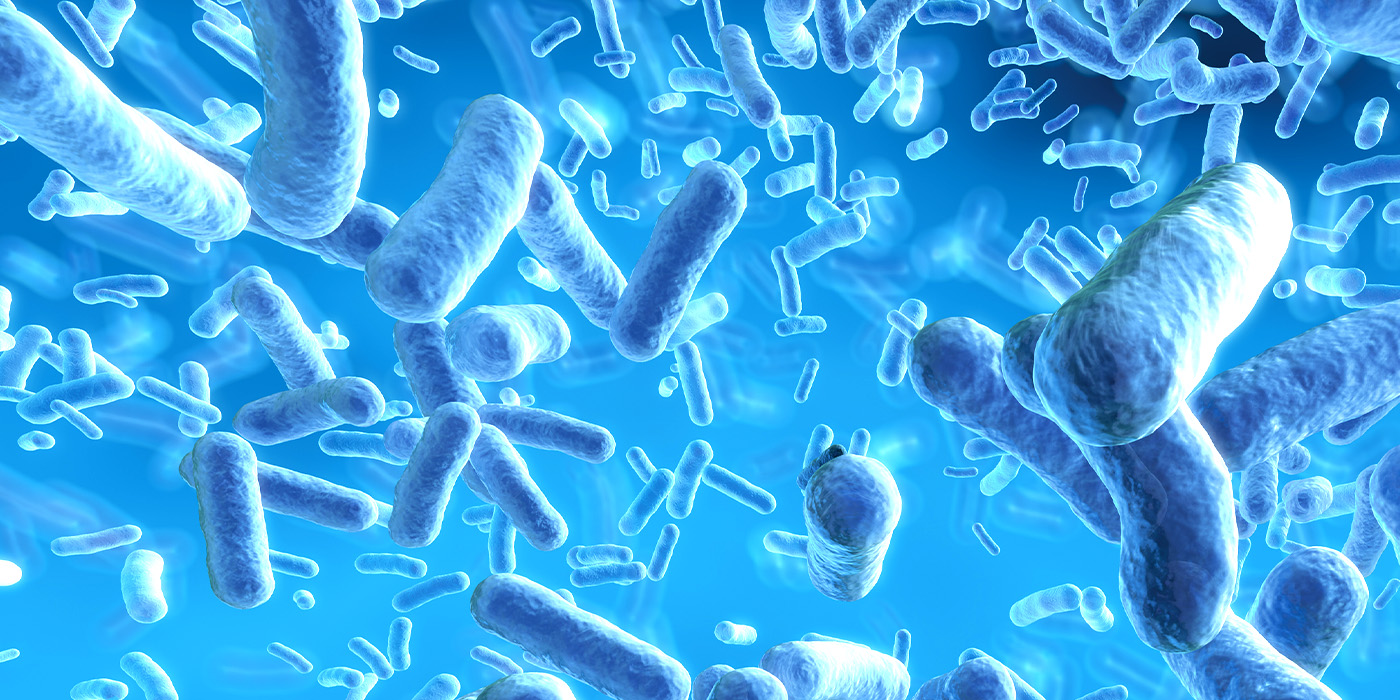
Since the development of the first bioactive glass for medical implants in the 1960s, research into the use of bioactive materials in medical implants has accelerated. Today, a number of bioactive materials have been developed for the production of medical devices with unprecedented performance in tissue regeneration or drug delivery. Bioactivity testing is vital in developing bioactive implants and ensuring they perform safely and effectively within the body.
Medical Implants and Bioactivity
The word “bioactivity” is defined by the International Union of Pure and Applied Chemistry (IUPAC) as a “qualifier for a substance which provokes any response from a living system.”1 IUPAC also notes that the term is generally used positively, to signify a material that causes a therapeutic or beneficial change.
Not all medical implants are bioactive — in fact, most aren’t. Stents, artificial heart valves, contact lenses, hip and knee replacements, and other common medical devices are all typically designed to provoke the smallest possible reaction from the tissues they are implanted into. In other words, these implants have traditionally been “bioinert” by design.
In recent years, however, there has been something of a shift away from materials that merely “do no harm” toward materials that actively “do good”: a growing body of research has demonstrated the therapeutic advantages that can be produced by using bioactive medical implants.2 These implants are made of bioactive materials (or “biomaterials”) — including bioactive glass, polymers, and ceramics — designed to produce a biological response at the implantation site.
Bioactive medical implants are typically either used to assist in tissue regeneration or as controlled drug delivery systems. Tissue regeneration can be supported through adhesion, prevention of unwanted tissue growth, or through a tailored tissue response.3 Bioactive implants may also suppress the body’s natural immune response, which supports the acceptance of the implant by the patient’s body.
One of the most promising and widely-used bioactive materials for medical implants is bioactive glass, which was first developed in the late 1960s in the form of 45S5 bioactive glass — commonly known by the trademarked name Bioglass®.4 45S5 was developed for use in bone implants, where its unique bioactive properties produced unparalleled results in bone regeneration.
When implanted, ion exchange at the surface of the glass leads to the formation of bone-like hydroxyapatite. Bone cells in the patient readily grow around and fuse with hydroxyapatite, resulting in rapid healing of fractured bones.5 In this way, bioactive glasses both act as a structural support and actively promote bone regeneration. There are now a number of different bioactive glasses available: these are usually silicate-based glass-ceramic materials that are used for bone repair and are degradable within the body.
What is bioactivity testing for medical implants and how is it performed?
Bioactivity testing is an essential part of ensuring both the safety and efficacy of bioactive medical implants. For medical devices, bioactivity testing usually involves the characterization of a biomaterial’s performance. Usually, these tests are highly specific and may address such properties as impermeability to microorganisms or resistance to bacteriophages.
In the case of bioactive glass, bioactivity testing is used to ensure the efficacy of different bioactive glasses in promoting bone regeneration. Since bioactive glasses promote bone growth through the formation of an apatite layer in body fluid, the bioactivity of a given bioactive glass can be characterized by studying the formation of apatite in a model environment.
Standardized testing techniques make it possible to make meaningful comparisons of different materials. Mo-Sci carries out in-house bioactivity testing on bioactive glass and related materials according to ISO 23317 (In vitro evaluation for the apatite-forming ability of implant materials), which outlines a standard testing procedure for these materials.
Testing is carried out by assessing the formation of an apatite layer by a given bioactive material in acellular and protein-free fluid, with ion concentrations nearly equal to those of human blood plasma — this is known as simulated body fluid (SBF). The use of SBF ensures that the apatite formed by the biomaterial in question is similar in structure and chemistry to naturally occurring bone apatite, and that the behavior of the material during the test mimics that which would occur inside the body.
The formation of apatite layers by a bioactive material in SBF can be detected and analyzed by X-ray diffraction or scanning electron microscopy (SEM). In this way, the apatite-forming ability (and therefore bioactivity) of implant materials for bone regeneration can be comparatively assessed.
Mo-Sci partners with clients across many industries to create custom glass solutions for unique applications. As well as carrying out bioactivity testing for bioactive glasses and related materials, Mo-Sci produces a huge range of specialty bioactive glasses for bone and wound care applications and hemostatic devices. To find out more about our range of services and expertise, get in touch with a member of the Mo-Sci team.
References and Further Reading
- Vert, M. et al. Terminology for biorelated polymers and applications (IUPAC Recommendations 2012). Pure and Applied Chemistry 84, 377–410 (2012).
- Helmus, M. N., Gibbons, D. F. & Cebon, D. Biocompatibility: Meeting a Key Functional Requirement of Next-Generation Medical Devices. Toxicol Pathol 36, 70–80 (2008).
- Goncalves, A. D., Balestri, W. & Reinwald, Y. Biomedical Implants for Regenerative Therapies. Biomaterials (IntechOpen, 2020). doi:10.5772/intechopen.91295.
- Baino, F., Hamzehlou, S. & Kargozar, S. Bioactive Glasses: Where Are We and Where Are We Going? JFB 9, 25 (2018).
- Ferraris, S. et al. Bioactive materials: In vitro investigation of different mechanisms of hydroxyapatite precipitation. Acta Biomaterialia 102, 468–480 (2020).

